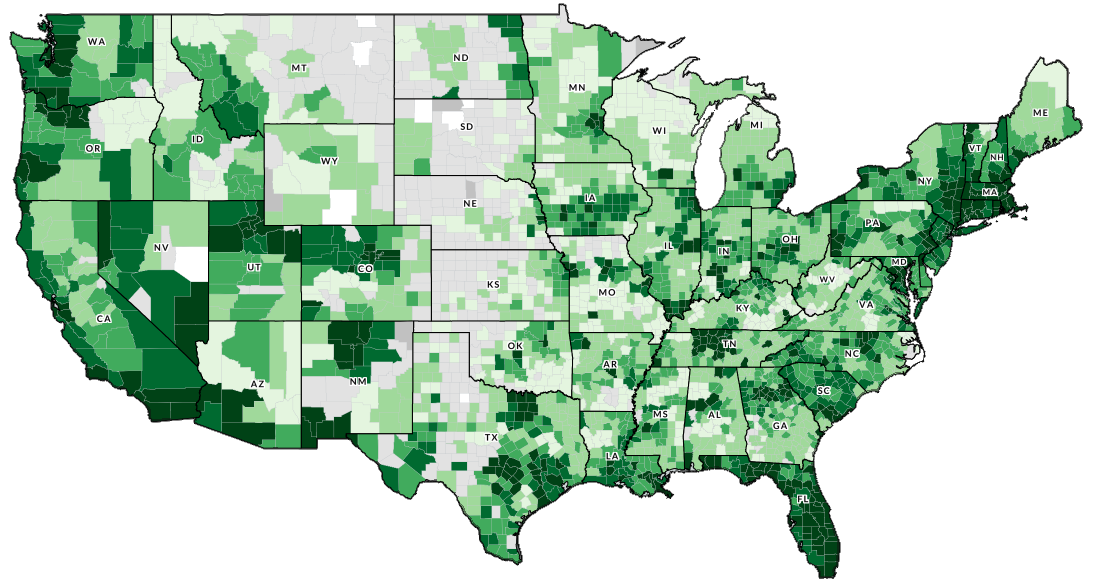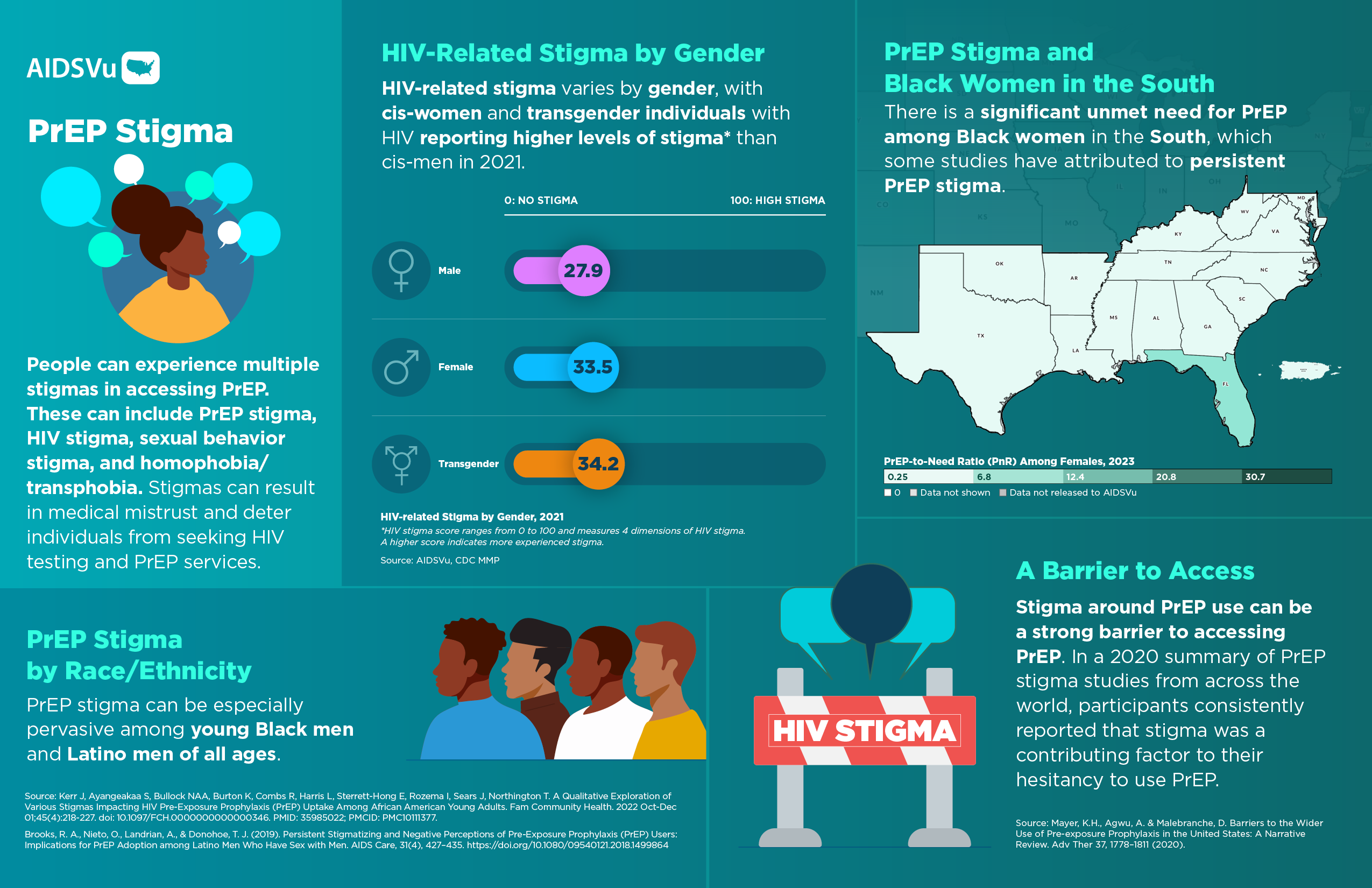PrEP Stigma

Prep
PrEP Stigma
For the LGBTQ community, and other minority groups, HIV stigma has been ever-present since the 1980s when the epidemic first began. Confusion and fear about how the virus spread led to blaming much of the LGBTQ community, which reinforced existing stigma and fueled traumatic experiences for many individuals. Discrimination bled into many essential spaces in society, including the workplace, the justice system, and health care centers, which complicated efforts to live as a healthy and economically stable individual. This discrimination is still in effect today, leading to high levels of medical mistrust for many LGBTQ individuals.
PrEP users are sometimes stereotyped as sexually irresponsible, promiscuous, and even immoral. These stereotypes and prejudices can discourage PrEP interest and uptake, disrupt PrEP adherence, and motivate PrEP discontinuation. Intersecting forms of stigma may influence the nature, magnitude, and impact of PrEP stigma across social groups and otherwise hinder PrEP use.
Language barriers and cultural practices can also pose barriers to accessing HIV education, prevention, and care. In some cultures, such as in East Asian cultures, it is a taboo to discuss illness—especially when related to sex. Cultural beliefs can contribute to stigmatized beliefs about HIV, fewer instances of seeking essential HIV medical care, significant underreporting of HIV cases, and inequitable intervention resource allocations. Additionally, concern for immigration status can place pressure on racial/ethnic minorities to avoid health services because they fear the impact that an HIV diagnosis can have on their residential security in the U.S.

